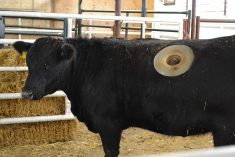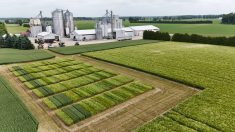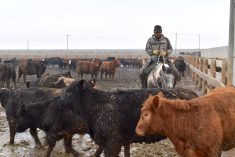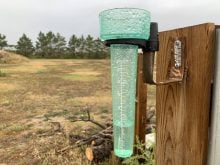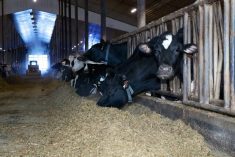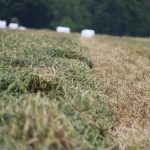Peas could rival or even beat canola and wheat as a money-maker this year, but oats are likely to be a big disappointment, according to this year’s provincial profitability forecast.
The good news is that nearly every major crop in all five major soil zones is estimated to be a money maker, before fixed costs and rent. In fact, most crops in most zones should net $100 or more an acre, with many predicted to generate $200 or more.
For the most part, it’s the usual suspects — canola, spring wheat and either malt or peas —in the top three for most soil zones.
Read Also
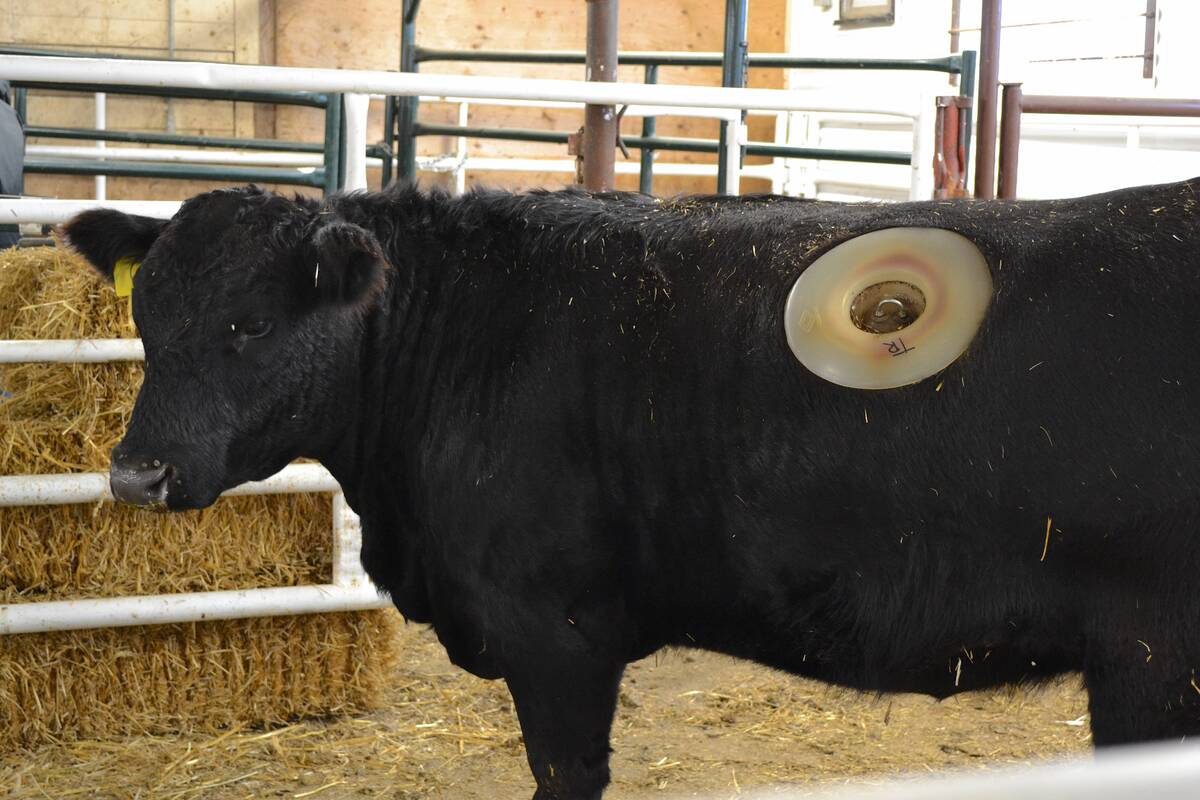
Lakeland College studying livestock wellness through cannulated heifers
Lakeland College’s Applied Research Team is working with six cannulated heifers on a handful of research projects.
John Guelly, who farms near Westlock in the black soil zone, isn’t reinventing the wheel this year, instead sticking with wheat, malt barley and canola.
Going by the province’s 2023 Cropping Alternatives report, canola stands to be his most profitable crop this year. In theory, he would net $312 per acre if he can harvest 46 bushels of No. 1 and get $17 a bushel.
But Guelly would like to see a broader range of crops listed in north-central Alberta in coming years because there’s diversification occurring in the black soils.
“Hemp seems to be gaining traction,” he said. “They’ve got a long way to go to get it mainstream but I know one of my neighbours grew some last year.”
Faba beans are also making headway, he said.
Shane Strydhorst farms in the County of Barrhead in the black and dark grey soil zones. He plans to grow his traditional mix of spring wheat, feed barley, canola and faba beans.
The report doesn’t include faba beans and his canola results will likely rival Guelly’s if he grows it in his black soil. However, if he plants canola in his grey soils, the forecast predicts he will net $244 per acre, before fixed costs and rent, if he can harvest 44 bushels of No. 1 canola at $17 a bushel.
The total direct expense of planting canola in grey-wooded soils is projected at a whopping $505 per acre, so based on the report he would be better off planting that crop in his black soils.
The accuracy of the province’s estimates will depend greatly on the reliability of its listed fertilizer expenses, said Strydhorst. According to the report, this category is based on a combination of prices last fall, pre-purchase prices and fertilizer cost estimates for spring.
“I made the mistake of buying my fertilizer late last fall so it cost more for my nitrogen fertilizer than a guy’s going to pay today,” said Strydhorst.
Buying fertilizer over the past several months was like taking a shot in the dark, he said.
“For me it’ll be more (expensive) than last year because last year I bought fertilizer when it was really low, so I did really well,” he said, adding fertilizer costs will be “all over the map” this year.
Matt Sawyer farms in dark brown soils at his operation near Acme, northeast of Calgary. He’s also sticking to his tried-and-true crop mix of canola, wheat and malt barley this spring.
“We don’t jump in and jump out trying to chase markets,” he said. “We have our buyers of malt and we stick with those, usually the same amount of acres every year.”
Not surprisingly, canola is forecast to be Sawyer’s most profitable and most expensive crop, according to the province’s projections.
His malt barley is forecast to come in second in both categories with a margin of $149 per acre after input expenses, if he can get a yield of 63 bushels and a price of $8 per bushel. His direct expenses (before fixed costs and rent) for the crop are estimated at $355 per acre.
However, Sawyer is a little skeptical.
“Any time you’ve got the provincial government telling us how much money we can make, then you know you have a problem,” he said.
Sawyer believes this is going to be a “tricky” year with softening returns and tighter margins due to so many producers buying fertilizer at or near its market high.
“We’ve seen the market soften and I think it’ll soften even further,” he said. “Lots of farmers bought into the hype of buying high-price fertilizer. We were basically told if you didn’t buy or take a position on fertilizer in late summer to prepare yourself for the next year, you might not even have fertilizer. That’s how crazy things were.
“We didn’t buy into the high but we certainly positioned ourselves to make sure we had some fertilizer. We still might have to buy some more.”




